Eucharis: features and types, care and reproduction
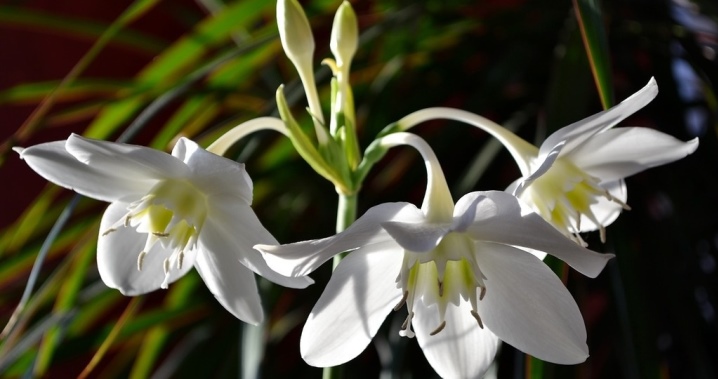
Eucharis is deservedly considered one of the most beautiful indoor plants. It enchants growers with its huge buds and alluring jasmine-like scent. Even at the end of flowering, the plant stands out advantageously with its graceful large leaves.
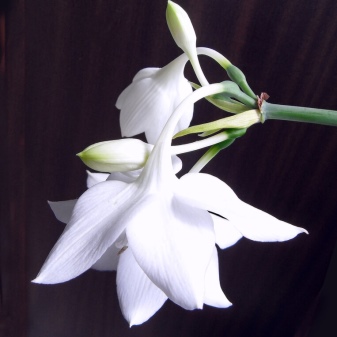
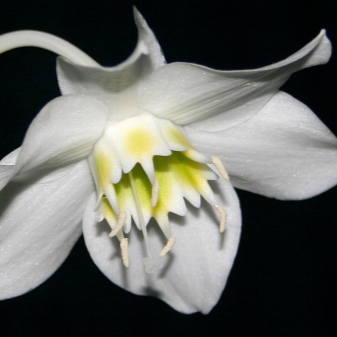
Description of the Amazonian lily
Eucharis is a houseplant, whose second name sounds like "Amazonian lily". The size of the snow-white buds in the open state reaches 12 centimeters. Flowers in the amount of 3-6 pieces are combined into inflorescences in the shape of an umbrella and are located on a rather high peduncle, the height of which can be 60 centimeters. Several peduncles bloom on the eucharis at the same time, which makes its appearance only more spectacular.
It should be mentioned that in its appearance the plant in blooming state resembles a daffodil, and its delicate aroma is slightly reminiscent of jasmine. At the end of flowering, a green box with seeds is formed on the bush.
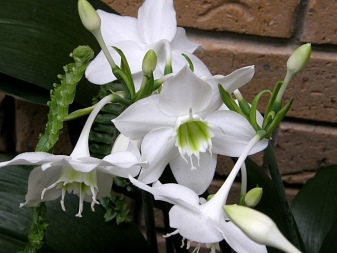
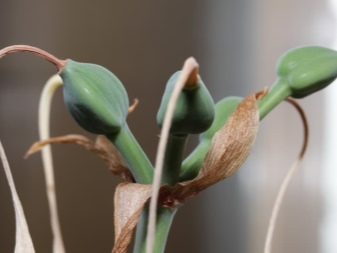
As a rule, eucharis buds open twice a year - in spring and late autumn, practically in winter. Between winter and spring flowering, the plant is dormant, without losing its decorative effect. In the off-season, the owners of the culture admire its egg-shaped leaf plates of a beautiful dark green hue, the length of which ranges from 25 to 30 centimeters, and sometimes 55 centimeters, while the width does not go beyond 10-20 centimeters. The petiole of eucharis is long and almost the full length of the leaf. In new leaves, the edges are twisted into two tubes running along the median vein.
The diameter of the plant bulb is 2 to 6 centimeters. At the same time, from a couple to four leaf plates grow on the culture, and the number of flowers is from 3 to 10 specimens. Although in most cases the color of the petals is snow-white, both yellow and green can be found. It should be mentioned that eucharis is poisonous to humans due to the alkaloids in the flowers.
Therefore, you should not place the potted dweller in the nursery or where pets can easily get it.
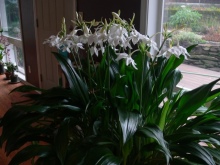
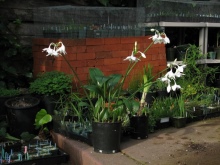
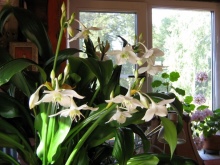
Flower varieties
There are several types of eucharis, which are most often grown by flower growers. The list of names should begin with the large-flowered eucharis brought from Colombia. The cross-section of the bulb can be up to 60 millimeters, and the length of the peduncle ranges from 60 to 80 centimeters. Broad leaves sit on rather long petioles. The flowers grow in a beautiful snow-white shade with a diameter of almost 12 millimeters. One inflorescence is formed from 3-6 specimens. Large-flowered eucharis blooms three times: in May, August and winter.
Eucharis white also hails from Colombia. The egg-shaped bulb reaches a diameter of 50 millimeters. The wide, elliptical leaves taper slightly towards the top and are 15 centimeters wide. The length of one plate is 40 centimeters. The eucharis peduncle is colored green-brown; an umbrella inflorescence appears on it, formed from 6-10 pleasantly smelling snow-white buds. This variety blooms only once in March.
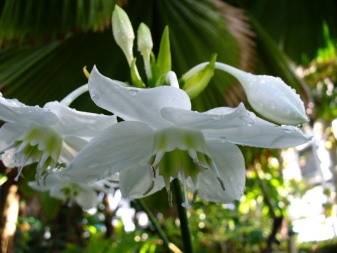
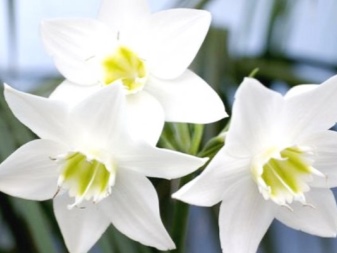
Eucharis "Masters" often confused with eucharis white - they have similar bulbs, and both are representatives of the Colombian species. The petioles are not too long, and the leaf blades themselves are round at the base. The width of the plate is about 15 centimeters, and its length can reach as much as 25 centimeters. A pair of inflorescences grow on a round peduncle, which open in early spring.
Eucharis "Sandera" lives in nature in South America. The bulbs are egg-shaped, and the wide leaves resemble hearts in their shape. One plate is 30 centimeters long and only 17 centimeters wide. The petioles of the culture are long - as much as 15 centimeters. On one peduncle, a two-umbilical inflorescence of a white shade usually grows, although a variant with 4-6 small buds can also form. "Sandera" blooms from February to April.
Eucharis toothless has an oval bulb and triangular leaves. The width of one plate is 11 centimeters and the length reaches 23 centimeters. The petioles of the plant are long and grooved. One inflorescence consists of 6-8 snow-white flowers.
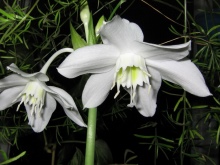
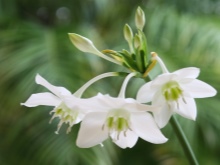
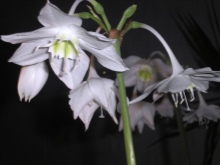
Growing conditions
It is necessary to immediately mention that the conditions of "habitation" of the eucharis at normal times and during the dormant period are different, and in the second case, everything becomes more simplified. The plant needs to gain strength and prepare for the growth of green mass and the appearance of flowers. At the end of autumn, it is required to cut off the spent flower stalks, then reduce irrigation and, if possible, move the pot to a room with a lower temperature.
In order to recover, the euharius will need only a month.

Lighting
It is believed that eucharis is able to develop in absolutely any room. However, the quality of its growth will differ depending on the lighting - in a light room, the flowering will be more abundant, and on the windowsill of the window facing north, it will be more modest. The plant will not like exposure to direct sunlight. Under natural conditions, culture develops in mountain forests, and therefore can calmly grow in the depths of the room. In general, the window sill is considered ideal for him, looking either to the west, to the east, and therefore devoid of the midday sun.
When eucharis is carried out onto the balcony in the summer, it needs to provide additional shade. After the plant has grown so much that it no longer fits on the windowsill, it is allowed to place it either between the window openings or on a stand next to the window. If the north side is chosen, then the pot will have to be placed as close to the light source as possible. In any case, it is important that the eucharis receives the required amount of illumination, but the foliage does not get burned. The plant reacts best to diffused lighting or light partial shade.
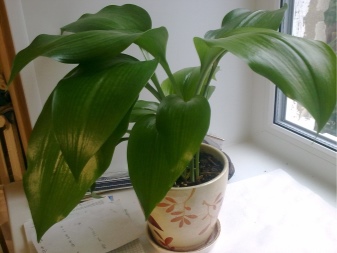

Bulbous culture needs the same lighting throughout the year, so already in October it should be placed closer to the window. In case of insufficient lighting, the plant does not grow well vegetative mass and practically does not form peduncles, simply replacing the leaves.
For the dormant period, it is recommended to remove the eucharises in a small shade, and in the spring to gradually return to their place and increase the illumination.
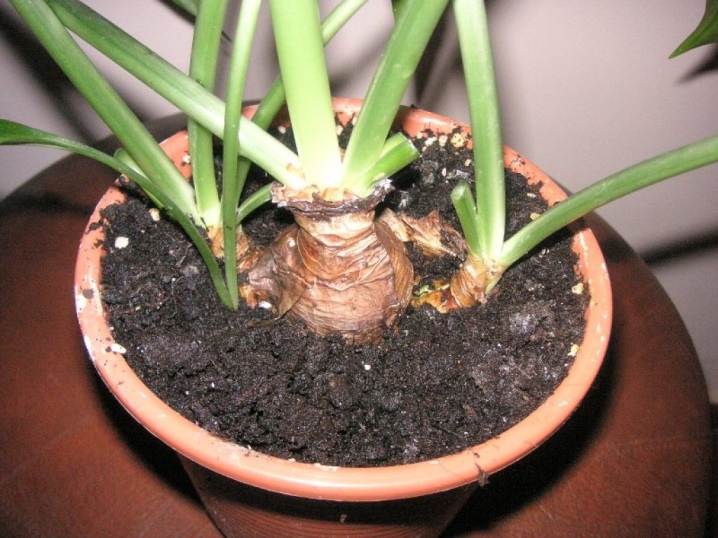
Temperature
Eucharis feels great if the temperature does not go beyond 18-22 degrees. During the summer months, it makes sense to put the plant on the balcony, but only if the differences between night and day temperatures do not exceed 8 degrees. The optimal degree gap in the heat will be 25-30 degrees. In winter, if the eucharis decides to bloom, then the temperature will have to be maintained at at least 18 degrees. If the culture goes to rest, then the temperature can be reduced to 15-17 degrees.
The plant should not be in the fresh air when it starts to get colder at night, and even more so it should not be exposed to the first frost. As a timely prophylaxis, it makes sense at the end of August to organize a small greenhouse using polyethylene.
It is important to remember that temperatures below 11 degrees will be detrimental to all parts of the eucharis. When it gets colder, the roots and bulbs begin to rot, and the foliage flies around.

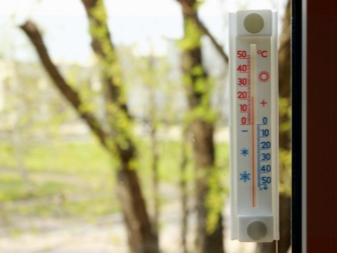
The soil
The soil for eucharis must be moisture-consuming and nutritious. The optimal composition can be obtained by combining 4 parts of leafy soil, a couple of parts of compost, part of a rotted mullein, a couple of parts of coarse sand and part of loam. A combination of leafy soil, turf, peat and coarse sand, taken in a ratio of 2: 1: 1: 0.5, is also suitable. We must not forget about the drainage layer created from stones or sand. Alternatively, you can use hydroponics.
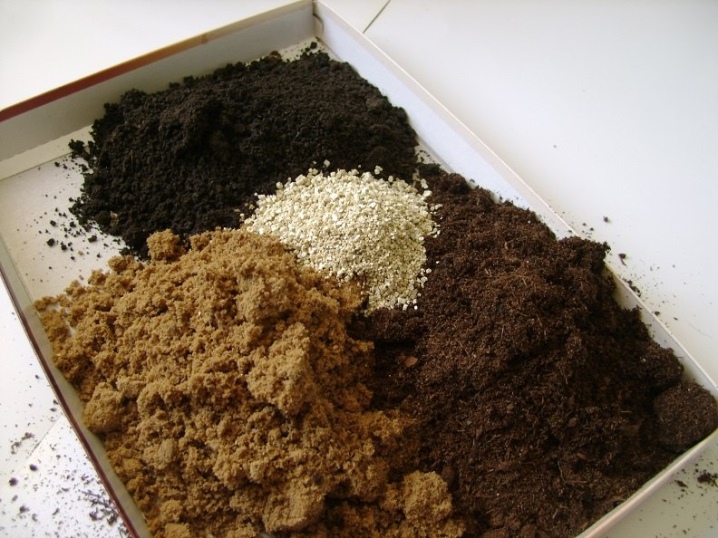
How to care?
Home care for eucharis is not so difficult if you follow the correct instructions and understand in what period of the life cycle the shrub is.
Watering
It is necessary to water the eucharis correctly, otherwise there will be numerous problems with flowering, and the flower itself. Irrigation is carried out regularly and in sufficient quantities, but quite rarely - a couple of times a week, since the ground should be able to dry out almost completely. If you water it often, the water will stagnate in the pot, which will provoke rotting of the roots. By the way, eucharis is not afraid of drought, and if you leave it for a week and go on vacation, the plant will not die.
It is possible to determine exactly how dry the soil is with a sharp wooden stick, which is lowered into the ground by 5-10 cm.
When the eucharis falls into a dormant state, it is possible not to water it at all, but only slightly fill the sump with liquid. Irrigation is maximized during flowering. It is better to take either settled tap water or boiled liquid at room temperature. The leaves react favorably to spraying, but not during the opening of the buds, when such exposure to the liquid contributes to the appearance of dark spots and a reduction in the flowering period. However, from time to time, it is recommended to wipe the sheet plates with a damp cloth.

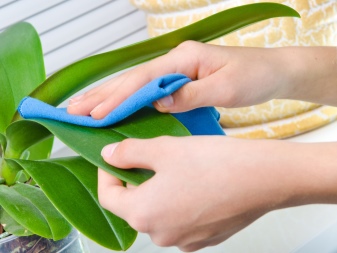
In general, the culture loves high humidity, since in natural conditions it lives in the tropics. Therefore, regular spraying with settled and naturally heated water will only come in handy. It is recommended to carry out the procedure throughout the year, especially paying attention to it in autumn and winter, when heating in apartments reduces the natural level of humidity. If one action of a spray bottle is not enough, it makes sense to move the container to a pallet filled with moistened pebbles.
Rubbing the leaves with a soft, damp cloth is considered equally important, as an alternative to which is a full-fledged warm shower. Spraying is suspended for the period of peduncle formation until the end of the flowering process. If this is not done, then the drops falling on the buds will lead to the appearance of ugly brown spots.
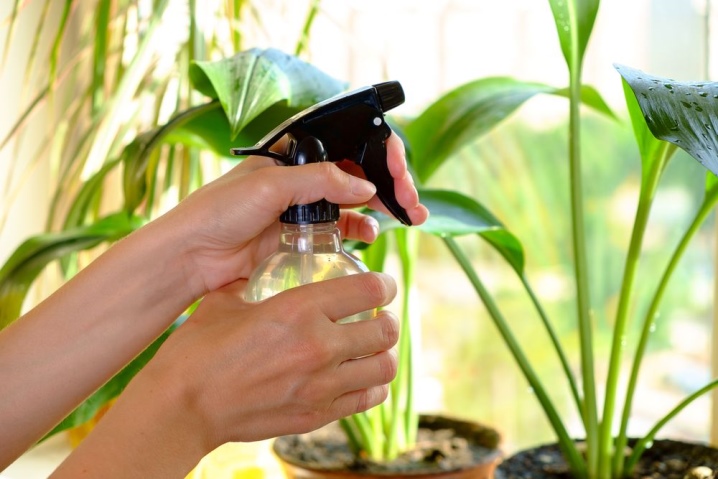
Top dressing
It is customary to apply fertilizers to eucharis only when the culture increases its vegetative mass and blooms. Nitrogen complexes are not particularly recommended, since the leaves develop well on their own and do not require additional stimulation. In principle, a small number of them will not be superfluous if you want to add size and beauty to the sheet plates, but it is better to give preference to liquid complexes, the main part of which is phosphorus. This element promotes beautiful and abundant flowering.
Top dressing is carried out twice a month, a couple of hours after watering. It is better to do the concentration slightly lower than indicated in the instructions. During flowering, you can additionally use organic compounds, for example, a decoction of marine fish waste.It turns out as follows: the components are boiled for about an hour and a half in a small volume of water, then decanted and stored in the refrigerator. Eucharis will only need 50 milliliters of the product, used once a month.

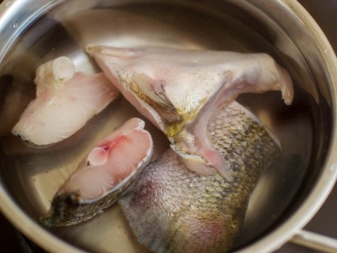
Bloom
Eucharis bloom depends on how good the care is. In the best possible scenario, the culture blooms two or three times a year with the same intensity for 10 days after the opening of the bud. During the flowering period, the plant should receive enough liquid, but not suffer from overflow. It is important that the soil dries well every time. A wilted peduncle after flowering must be thrown away. In addition, fertilization stops and irrigation is gradually reduced.
The bush needs to rest for at least a month, and preferably 6 weeks. At this time, if possible, it should be rearranged to a cooler place.
As soon as the emergence of young offspring begins, we can say that it is time to increase the frequency of watering and prepare for the new season.
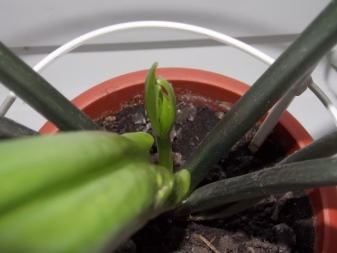
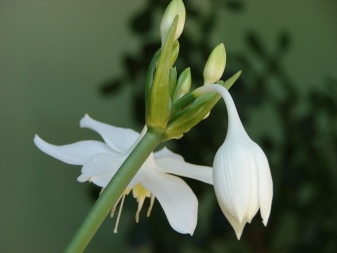
Transfer
It is not enough to plant Eucharis once correctly in a pot - it is also important to know when and how it can be transplanted. In order for the plant to bloom, it is necessary to choose not even a spacious, but a little cramped pot. Therefore, planting in a new place should be carried out rarely - once every 3-4 years, when the eucharis has already acquired "offspring", will fade and fall into dormancy. When making out a new container, it is necessary to build the correct drainage layer that will take the liquid away from the bulbs and the root system. It is better to fill it with a mixture of two parts of compost, one part of peat and one part of coarse sand, which can be replaced by perlite.
The bulb should be buried only halfway and do not worry if its children end up underground. The earthen lump should remain intact, and the roots themselves should not be injured in any way.
It is better to take a pot that is not high, but of sufficient width, spread the drainage layer with a height of 20 millimeters, and place the onion at a depth of 40 to 50 millimeters.
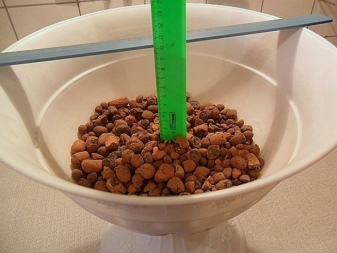
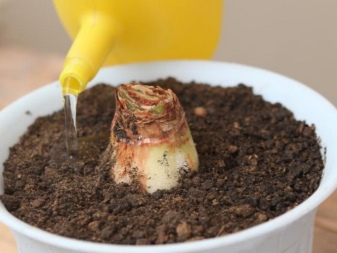
In principle, a transplant can be carried out according to simple instructions. It all starts with the fact that a pot is purchased, the width of which will be 5-7 centimeters larger than that of the previous one. Several holes are created in the bottom to help get rid of excess fluid. The contents of the old pot are taken out together with the soil very carefully with a particularly gentle effect on the roots. Having placed eucharis in a new pot, the resulting voids should be filled with fresh soil.
If the bulb is at a depth of 4-5 centimeters, you can sprinkle the enriched soil on top and tamp everything qualitatively.


How can you multiply?
Reproduction of eucharis is usually carried out in parallel with transplantation with the help of children formed in the previous three years. It is enough just to separate them from the main plant and plant them in separate containers that are not too large. The planted children are irrigated and removed in the shade with moderate temperatures for about a week or 10 days. Watering during this period is not necessary for the culture. Further, when the eucharis gets used to its new habitat, you can start looking after it as usual. It should be noted right away that flowering in freshly planted plants is possible only when the roots fill the entire pot, braid with an earthen ball and recreate the children. If eucharis does not give children, then you will have to use seeds.
It should be mentioned that young plants have to be replanted much more often, since the development of their root system is very intensive. The procedure is carried out once a year at the end of March. The earth is gently loosened, eucharis is taken out of it, its roots are gently straightened. If necessary, you can rinse the onion under running water, after which the children, whose size reaches 4-5 centimeters, are separated.
Places of cuts and resulting wounds must be treated with either crushed charcoal or ground cinnamon.


Diseases and pests
The most common reason for the appearance of pests on eucharis is an increased temperature, accompanied by low air humidity. The flower can be attacked by spider mites and aphids, as well as scale insects with thrips. Their main effect extends to the plates - depriving of cell sap, the leaves turn yellow, then dry up and fall off. To save the plant, the first step is to eliminate all insects using a soapy sponge.
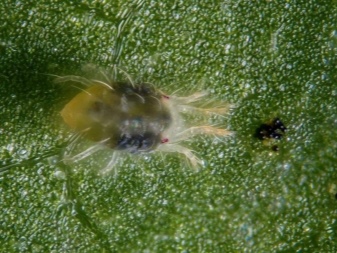
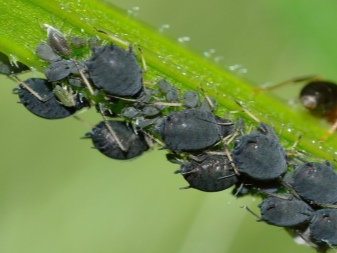
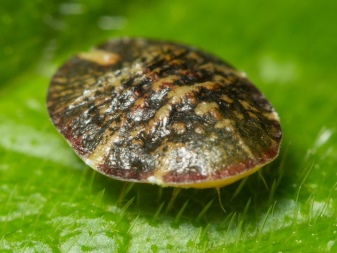
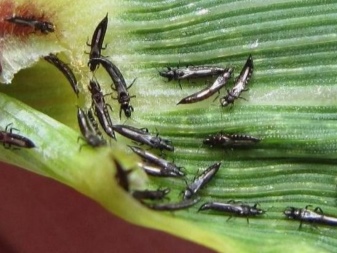
Next, you need to make a solution of "Actellik", diluted in a proportion of 1-2 milliliters of substance per liter of water, and then spray.
Other insecticides will also work in this case. As a further prophylaxis, it will be necessary to balance the care and adjust the conditions of detention. If yellowish-white spots appear on the leaves, and the plates themselves dry out, then the effect of a spider mite is likely. Of course, the presence of cobwebs on the bush is an even more "screaming" signal. The cause of the mite is dry air and sick neighbors nearby, and the situation is corrected with the help of special spraying.
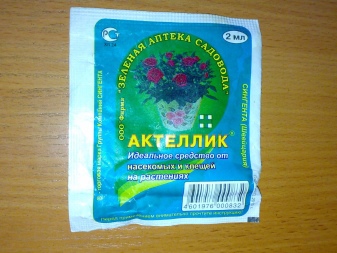

As for diseases, most often eucharis suffers from gray rot, which occurs with high humidity and low temperatures. Having noticed the first signs of the disease, the first step is to reduce irrigation and treat the plant with an appropriate preparation, for example, Bordeaux mixture. The damaged areas are immediately eliminated, and the wounds are covered with a special complex action preparation containing copper in its composition.
Rotten bulbs and rotting roots are the result of excessive moisture or cooling of the soil. Since rot spreads along the bottom of the container, it is rather difficult to quickly intervene in fixing the problem.


Possible problems
Most often, the owners of eucharis are worried about the fact that the plant does not bloom. The absence of a peduncle may be the result of excessively low temperatures, their fluctuations, or an improperly organized rest period. Besides, the plant blooms badly if it is planted in a very large pot, the roots did not have time to braid with an earthen ball and form children, or stagnation formed at the bottom of the container. In principle, low humidity and a lack of fertilizers may be to blame.
Temperature jumps can contribute to the crushing of the buds, and lowering the temperature below 10 or even 16 degrees will contribute to the falling of the leaves and rotting of the roots.
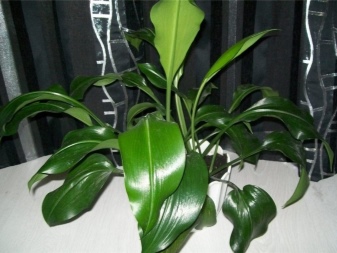
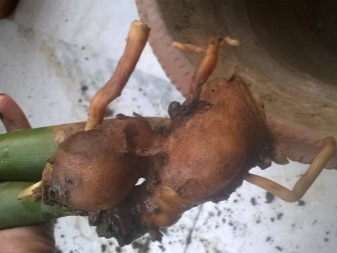
If the foliage has turned yellow, and brown spots have appeared on its surface, then the problem may be insufficient irrigation, stagnant water, or even hypothermia of the bush. Eucharis leaves twist when the plant is affected by pests or the root system feels bad. The reason may also lie in an excess of applied fertilizers or, conversely, insufficient feeding.
Needle pimples occur when there are any abrupt changes in the usual conditions. For example, this can be the result of a combination of excess moisture and low temperatures.
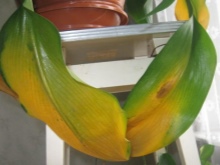
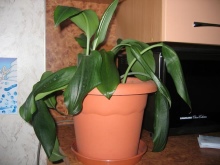
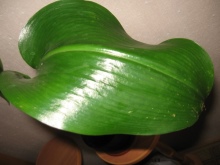
Advice
One of the main conditions for the successful maintenance of eucharis is maintaining the correct temperature. While the plant is actively developing, it is necessary to maintain warmth, and in winter, on the contrary, to provide it with coolness. But, it is important to increase and decrease the temperature smoothly and consistently, since temperature jumps always have a bad effect on the culture... In addition, the shrub is afraid of drafts, which is important to remember when placing the pot on the balcony. For example, an August evening can be pretty cool, so after lunch you will have to bring Eucharis back home.
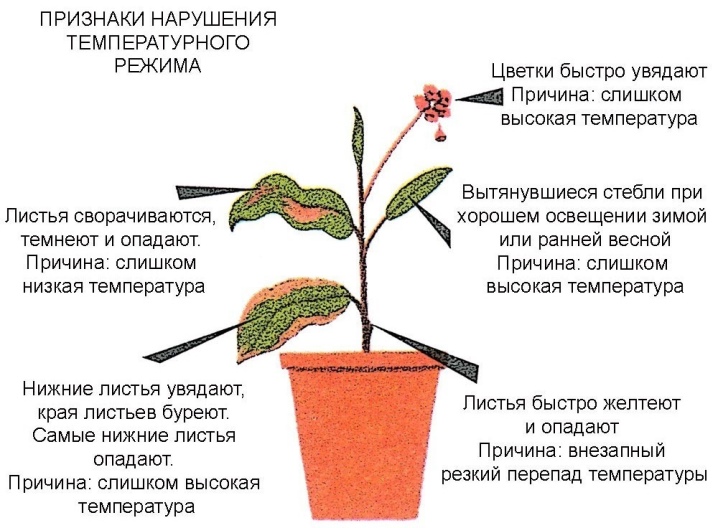
Besides, there are several important points regarding landing... It is important to formulate the soil mixture in such a way that it turns out to be loose and slightly acidic, and also not to forget, in the absence of drainage, about the importance of the holes in the bottom of the container.
If the planted bulb has no leaves, then it must be placed at a shallow depth, making sure that the top is uncovered with earth.
When eucharis does not bloom, the problem often lies in an insufficient dormancy period, which should be from 30 to 50 days and be characterized by a lack of fertilizing and watering until the earthen coma is dried. Florists believe that in this case, an artificial rest should be organized for the plant.
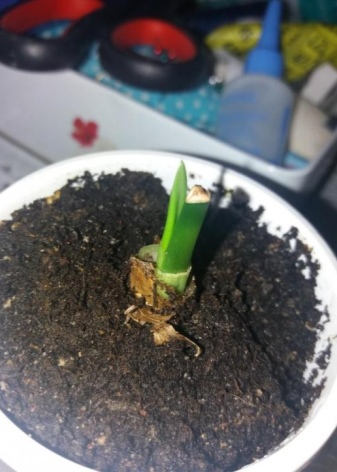
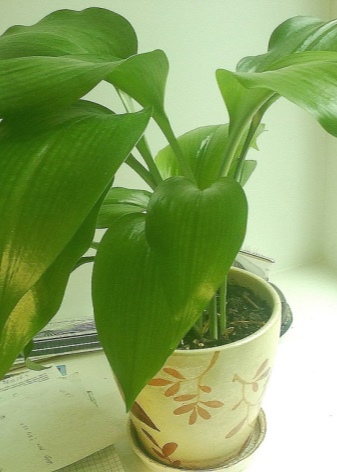
Besides, often the reason for the lack of color is an unnecessarily large container that does not create the required tightness for the roots... In this case, you do not need to do anything - you just have to wait until the root system envelops the earthen ball and the formation of daughter processes occurs. You can, however, place the shrubs in a smaller container, making sure to use the transshipment method.
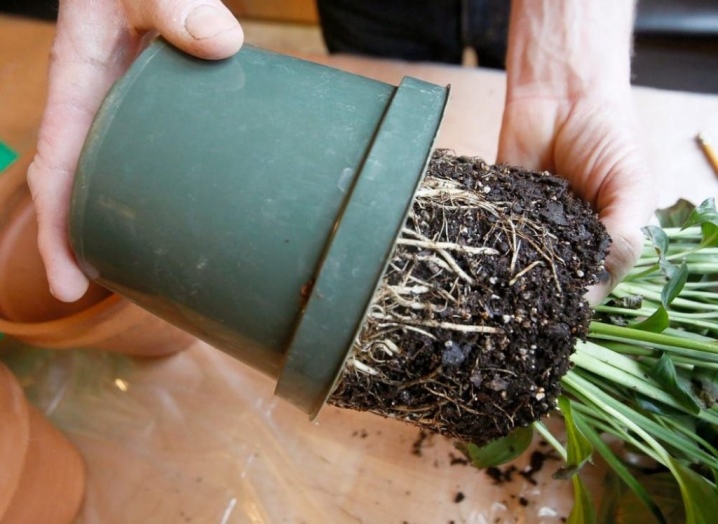
See below for proper care of the euharius.







































































































The comment was sent successfully.